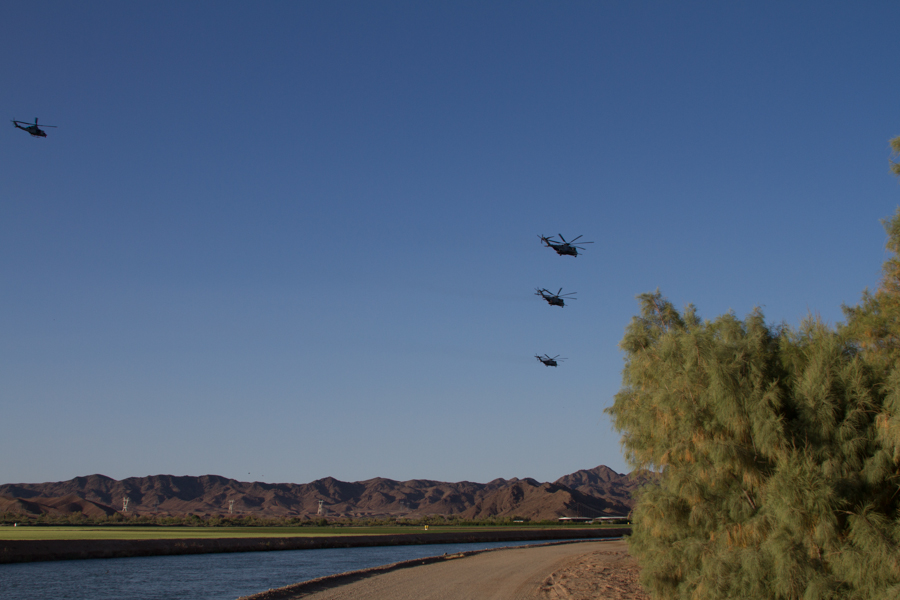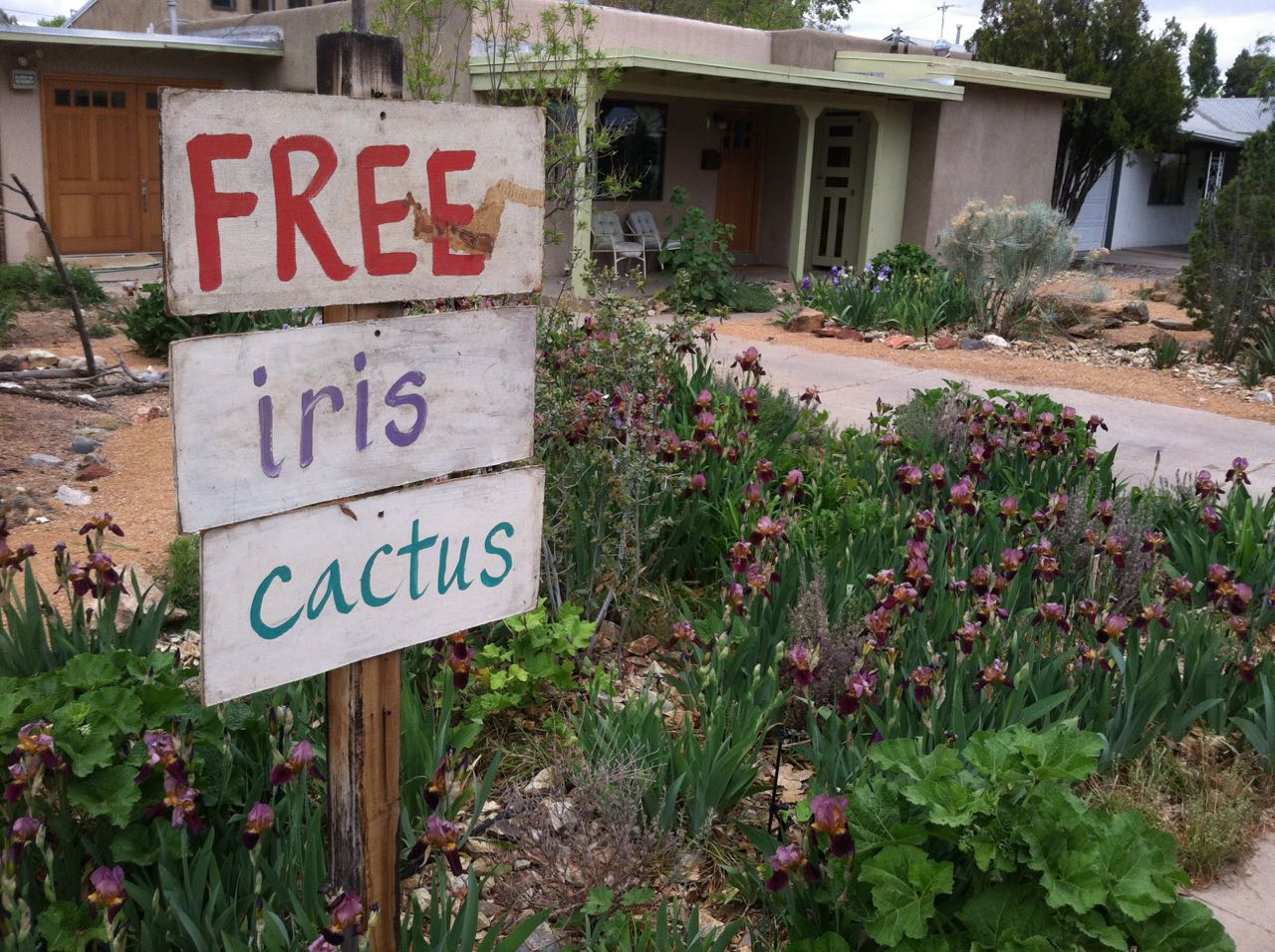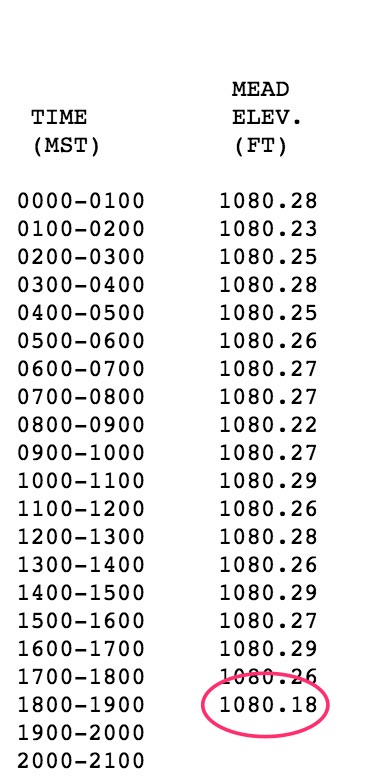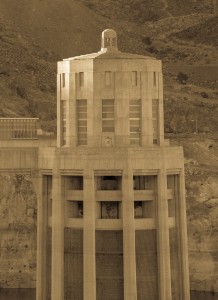This comes up every drought, and people in the Pacific Northwest are worried again that we’re gonna steal their water:
It may sound like a loopy idea, but there have been a lot loopier ideas that came true. And this is the American West, where we make a living taking water and moving it someplace else. And the divert-the-Columbia-to-California has been in the pipeline since the 1960s at least. Every time a new generation comes across the idea it sounds fresh, even sensible to some people. “Each day, the Columbia River dumps in the Pacific Ocean 90 billion gallons of fresh water,” said Los Angeles County Supervisor Kenneth Hahn in 1990. “That is 3.7 billion gallons an hour, 61 million gallons a minute and 1 million gallons a second. That is wasteful and sinful.”
Robert Young, in his wonderful book on the value of water, explains why water is different than most other commodities we happily move long distances:
[T]he economic value per unit weight or volume of water tends to be relatively low, placing water among commodities which economists call “bulky”. Capital and energy costs for transportation, lifting, and storage tend to be high relative to the economic value at the point of use.
We talk about how water is essential for life, and therefore of extremely high value, but the portion the water we use that falls into that “we’d die if we didn’t have it” category is tiny. Again, Young:
In the arid western United States, for example, average residential water withdrawal frequently reaches 500 liters per capita per day. Only a fraction of a percent of this use is for drinking; nearly half may be applied to irrigate lawns and gardens, and most of the remainder is for bathing, flushing toilets, and washing cars.
Or, as George Skelton more colloquially explains of the sudden rash of water importation schemes popping out as California slips ever deeper into drought:
Let’s get right to the point: They’re all nutty. Politically and financially unfeasible.






